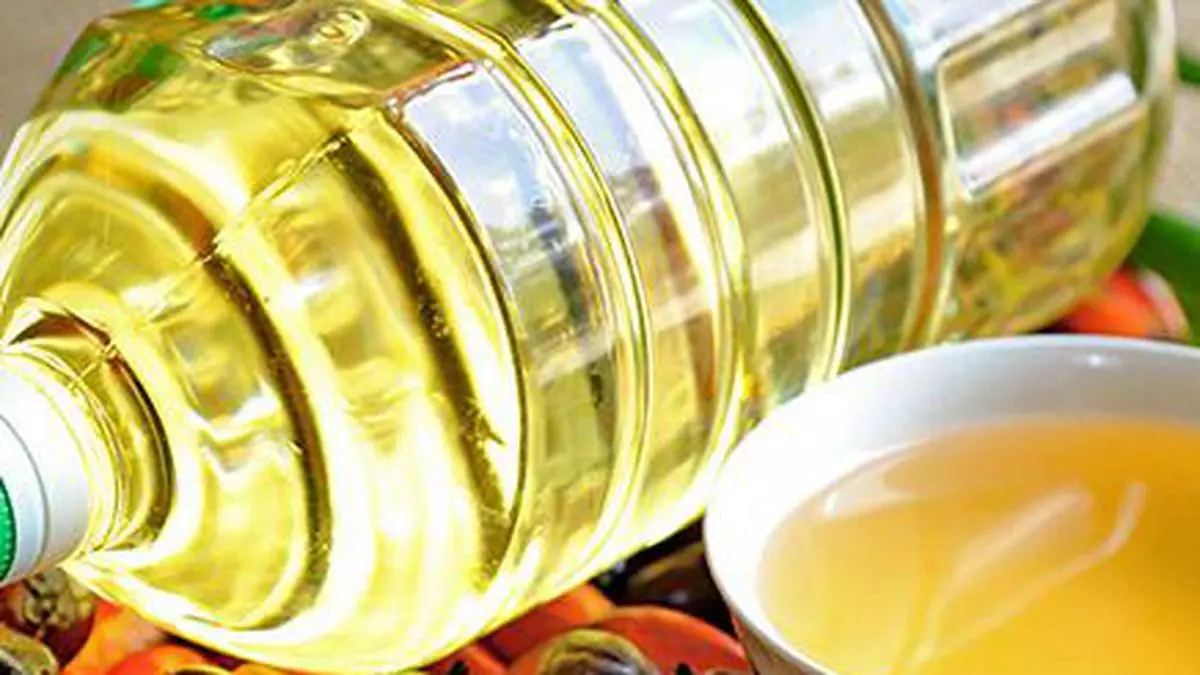
Photo from The Hindu Business Line
Operating Profitability and Revenue Growth
The operating profitability is seen rising 40-50 basis points (bps) to around 3.5% owing to favorable prices and continuation of duty-free imports. Revenues of domestic refiners of edible palm oil are expected to grow by about a tenth this fiscal on steady demand and higher realizations, according to CRISIL Ratings.
Credit Risk Profiles and Financial Stability
Healthy balance sheets and the absence of major debt-funded capital expenditure (capex) over the medium term will keep the credit risk profiles of palm oil refiners stable. A study of nine companies rated by CRISIL Ratings, accounting for a third of the industry revenue of about ₹75,000 crore, supports this assessment.
Market Share and Consumption Segments
Palm oil dominates edible oil consumption in India, with a 38-40% share in volumes. Palm oil is largely used in the food processing and hotels, restaurants, and catering (HoReCa) segments, which account for 45-50% of overall consumption. The household and industrial segments consume the rest.
Demand Drivers and Volume Growth
Factors such as rising urbanization and increased consumption of processed and outside food will keep palm oil demand firm. The industry is set to witness volume growth of 3-4% this fiscal, reaching around 93 lakh tonnes. India has ample refining capacities but does not produce much crude palm oil (CPO) and relies on Malaysia and Indonesia for over 90% of its CPO requirement.
Global Supply Constraints and Price Increases
Over the years, global palm acreage has stagnated due to sustainability and environmental concerns, leading to price increases. Rahul Guha, Director, CRISIL Ratings, notes that the Government’s efforts to strengthen domestic oil seed production will take time, while global CPO output is expected to remain stagnant at 78-79 million tonnes, causing a 7-8% price rise this fiscal. Along with steady volume increase, this will boost Indian edible palm oil industry revenues by about 10% this fiscal.
Operating Margins and Import Duty Policies
The operating margins of Indian refiners are set to improve by 50 bps to 3.5% due to increased economies of scale, firm commodity hedging policies, and continuation of duty-free imports of CPO. Rishi Hari, Associate Director, CRISIL Ratings, highlights that the Government of India has extended the zero import-duty structure for CPO for two years straight until March 2025, which will help regulate domestic supplies and support profitability this fiscal.
Future Outlook and Financial Ratios
Amid stagnant global supplies, Indian refiners are unlikely to add capacities over the medium term. Cash accrual will be sufficient to cover incremental working capital requirements and maintenance capex. Credit profiles will remain stable this fiscal, with total outside liabilities to tangible net worth (TOLTNW) and interest coverage ratios estimated at 1.25 times and 4 times, respectively. However, the impact of geopolitical challenges and international edible oil trade dynamics will require monitoring.
Source: The Hindu Business Line